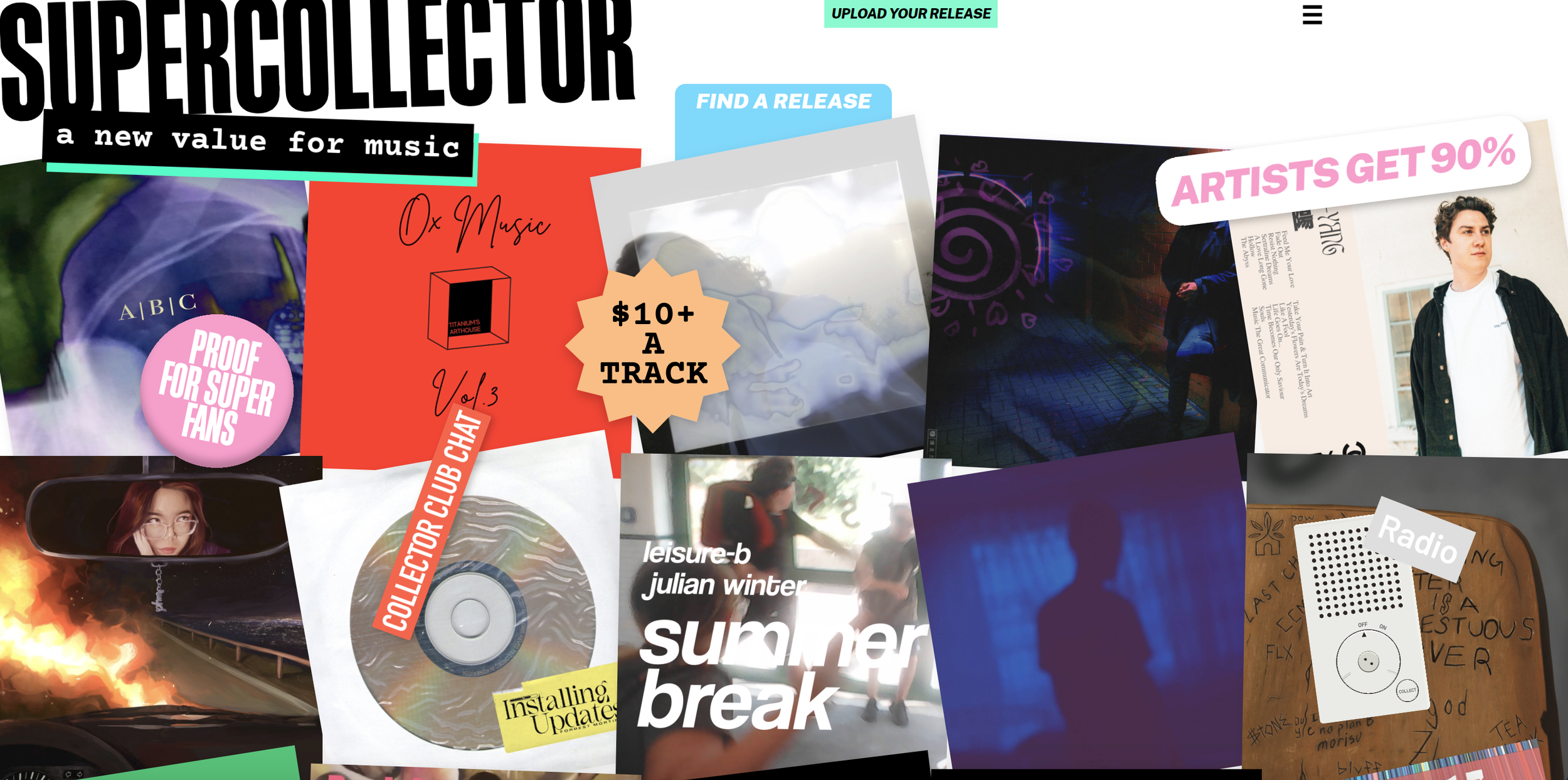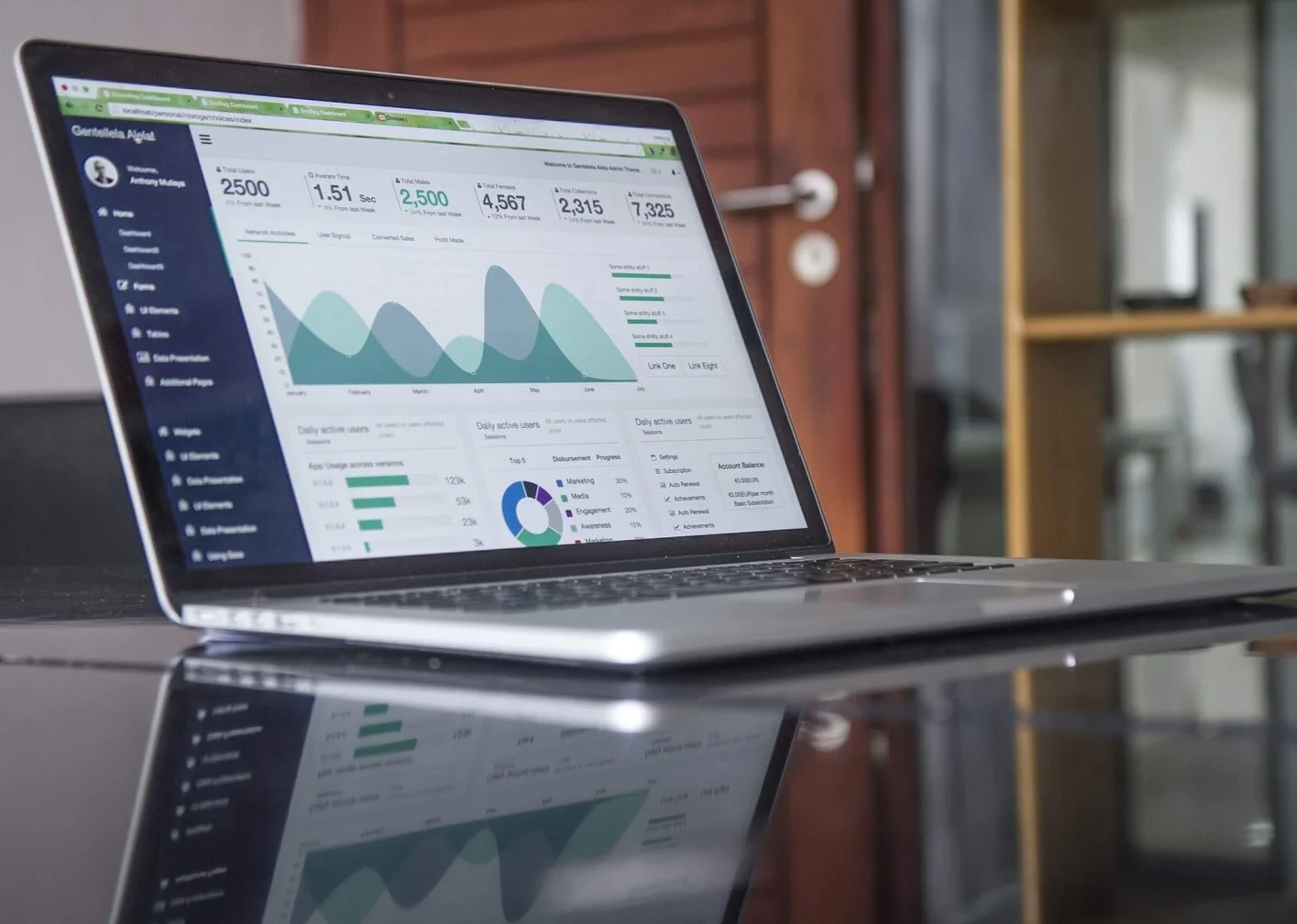Organizations’ marketing strategies and missions themselves may need to be reexamined to determine whether or not they align with the next generation of donors. There are a number of practices that organizations can start to embrace in order to expand their mission to a more diverse population while not running the risk of alienating their current support base.
Business Intelligence & Analytics in the Arts
The idea of collecting data is not new within the nonprofit world. Today, community-facing nonprofits are realizing how critical data collection is in achieving and reporting on their missions. According to the most recent edition of Salesforce’s Nonprofit Trends Report, organizations that ranked higher for digital maturity, or their ability to leverage data to inform decision-making, had a greater likelihood of exceeding goals during (and after) the COVID-19 pandemic. As more user-friendly technology are applied in CRM systems, the obstacles of domain knowledge are diminishing. This results in a positive implication of what these systems can do for nonprofits and how it can transform how these organizations are run. However, the lack of budget and training resources makes the obtention of these systems unlikely for many nonprofit organizations.
A Simple Guide to Data Analytics for Nonprofits
More than a trend or a buzzword, data analytics is here to stay. Newcomers to arts management may find themselves asking, what does data analytics mean for me, and how and why does my organization need to use it? If you are new to arts management, or the data world in general, this two part series is for you!
How to Prepare Your Nonprofit’s Data for Geographic Analysis
AMT Lab contributors have explored how geographic analysis can help increase programmatic effectiveness, but there are many ways nonprofits may leverage their data with geographic analysis. As with any data-based project, 90% of the work happens before it’s time to analyze. There are important intermediate steps a nonprofit administrator must take in order to leverage the full possibility of their address level data. Outlined below are 5 steps an administrator should take before delving into geographic analysis headfirst.
QR Code Generator: The Easy Tool for Audience Engagement and Data Collection
Arts managers and arts organizations strive to find ways to engage their audiences. They also benefit greatly from immediate feedback. A simple way to engage audiences and understand their experiences is to implement the use of quick response codes (QR codes). QR codes are currently used in a variety of ways to assess understanding, interests, and collect suggestions. For example, at Mie University, QR codes are used for formative assessment during the learning process. Analysis of the student responses allows the university to adjust curriculum, resources, and instruction to better meet learning needs. Organizations that wish to engage and educate their audiences often have similar objectives. Arts managers and arts organizations that implement QR codes will gain the power to adjust to audience needs and interests in order to make the greatest impact.
Although there are many ways to begin making QR codes, this review focuses on QR Code Generator because it immediately collects user data, is user friendly, provides elevated customization, and is competitively priced. QR Code Generator is a web application software that allows users to create their own QR codes.
Pros of Using QR Code Generator:
Immediate Data Collection
Every time a QR code is scanned, creators receive an email. This email will be sent to the account email address. If a creator’s code involves audience participation or feedback, the email will include the audience responses. Emails are sent directly after a scan so creators can get immediate feedback.
User Friendly
QR Code Generator is easy to navigate throughout the entire creation process. The software guides users in a straightforward sequence as they create their QR codes. Users can organize creations in different folders or search for past codes in the search field on the homepage.
Figure 1 QR Code Generator Homepage
Source: Author Screen Shot
Elevated Customization
QR code generator offers customization that its competitors currently do not. When creating a dynamic QR code, users can create codes that connect to MP3s, videos, websites, interactive screens, as well as other options seen in Figure 2. QR Code Generator’s competitors, Unitag and Kaywa offer customization, but when trying to create codes, they were not as easy to use. In Unitag and Kaywa, there were fewer customization options, and users do not have the opportunity to manipulate the visual presentation of the code as thoroughly as in QR Code Generator. In QR Code Generator, users simply click on what they want.
Figure 2 - QR Code Generator Code Creation Page
Source: Author Screen Shot
Figure 3 - QR Code Generator Code Creation Page
Source: Author Screen Shot
Con of Using QR Code Generator
Printing Challenges
Printing clear and appropriately sized codes is essential to reaping the benefits of your investment in a QR generator. If audiences cannot scan the code or if the code is unattractive, it will not yield desired results. If it is not getting scanned, it will also hinder data collection. In QR Code Generator, users can download their codes as PNG, JPG, SVG or EPS files. However, if you choose to brand your code, you must download the code in PNG format. The web application software does not offer support through the printing process. It is up to the user to determine how they would like the product to turn out. However, upon my experimenting, there were no technical printing issues that arose. All prints were scannable and code size could be manipulated.
Purchasing Information
Pricing and Plans
QR Code Generator has three available plans as seen in Figure 4. Pricing depends on the current Euro to dollar conversion. Users can upgrade plans at any time and will receive a prorated refund. If you wish to cancel your plan, be sure to do so before the next year because plans automatically renew.
Figure 4
QR Code Plan Comparison
If an arts manager or arts organization is looking for an easy way to increase audience engagement and/or collect information about the audience it serves, QR Code Generator is a tool to consider. Its simplicity and customization options set it apart from its competitors. Arts Managers need audience data, and the use of QR codes will enable easy collection and essential audience data analysis.
Resources
“Kaywa QR Managment-Pricing.” Accessed September 17, 2018. http://qrcode.kaywa.com/page/pricing.
“QR Code Generator - New Manage.” Accessed September 17, 2018. https://app.qr-code- generator.com/manage/?login=1.
Susono, Hitoshi, and Tsutomu Shimomura. 1006 Current Developments in Technology-Assisted Education (2006) Using Mobile Phones and QR Codes for Formative Class Assessment, n.d.
“Unitag - Connect to the World.” Unitag. Accessed September 17, 2018. http://dashboard.unitag.io.
Yarden. “Dynamic Code Vs Static Code.” Visual QR Code Generator Blog | Visualead, April 6, 2014. http://blog.visualead.com/dynamic-code-vs-static-code/.
“100 Euro to US Dollar, Convert 100 EUR in USD.” Accessed September 17, 2018. https://eur.currencyrate.today/usd/100.
New White Paper: Open Data and Data Visualization in Arts Organizations
Data collection and communication is an essential tool for effectively managing arts organizations. Data visualization techniques can reveal organizational or industry insights in a manner which is easy for managers to understand and communicate to their stakeholders. Explore sources for open source data, and low cost, high impact data visualization tools in this new white paper.
Crowdsourced Digital Art Projects: Centralization and Agency
As digital crowdsourced art continues as a mode of art making, it is necessary to developed an understanding of which features of digital arts programming are crucial in the engagement of digital audiences. The following analysis of four digital art projects focuses on the participatory, rather than the interactive, specifically projects wherein audiences become artists by participating in the creation of a piece of art by making one or more creative contributions. Perhaps not surprising, agency and control were identified as significant to participation.

















